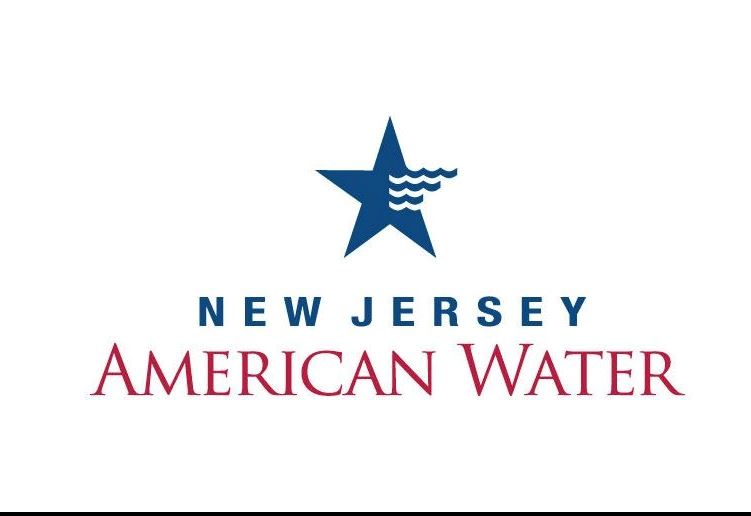
Don’t be Salty!
New Jersey’s first winter snowstorm of the season is expected this weekend, bringing with it the need to de-ice roads, driveways, and sidewalks for safety. However, New Jersey American Water and The Watershed Institute warn that the road salt typically used to melt ice and snow can negatively impact drinking water supplies, aquatic life, infrastructure, and the environment.
“Road salt’s journey doesn’t end when you sprinkle it on your driveway or sidewalk – it’s
only just begun,” said Laura Norkute, Director of Water Quality and Environmental
Compliance at New Jersey American Water. “Eventually, that salty, melted snow runs
off pavements and makes its way to our local waterways. We can often see levels of
sodium chloride content increase in source water following a winter weather event due
to excessive salt use, and it can make source water more difficult and expensive to
treat. It’s also highly corrosive, which is an added strain on infrastructure and treatment
equipment.”
Additionally, road salt can have a lasting impact on the environment with direct impacts
to aquatic and other wildlife. “Long after winter has ended, the effects of road salts
linger,” said Erin Stretz, Assistant Director of Science at The Watershed Institute and
coordinator of the NJ Watershed Watch Network. “Increased salt levels can negatively
impact the growth and reproduction of aquatic life in our local watersheds while allowing
salt-tolerant species, such as mosquitoes and algae, to thrive. It can also kill dormant
grass or other plants along roadways, driveways, and sidewalks.”
New Jersey American Water provides the following tips to help reduce the drinking
water and environmental impacts when using winter salt:
- Only use as much salt as needed to treat a given area. A 12-oz coffee mug is
about a pound of salt and enough to treat one 20-foot driveway. - Spread salt over the area leaving about three inches of space between the
granules. - Sweep up any extra salt left over on dry pavement so that it does not wash away.
- Shovel snow from driveways and sidewalks before it turns to ice. This reduces
the need for de-icing. - Consider using a different kind of salt. Calcium magnesium acetate and
magnesium chloride are generally better alternatives to sodium chloride. To find
a list of deicers that meet the United States Environmental Protection Agency’s
Safer Choice Standard, visit www.epa.gov. - For businesses that contract snow-clearing services, discuss agreements to pay
by the area cleared instead of the amount of salt used.









